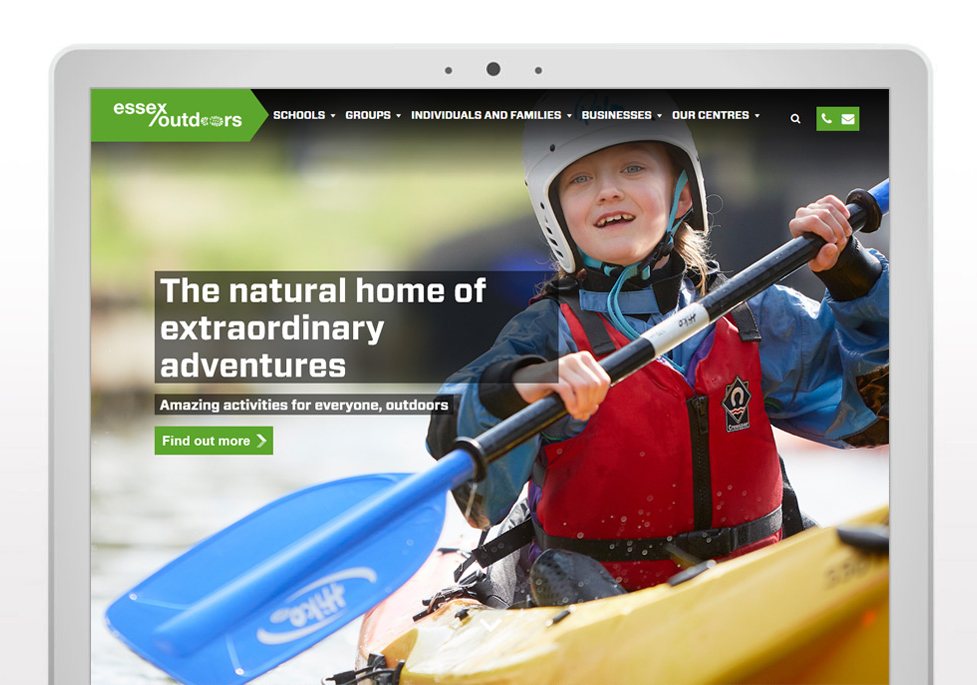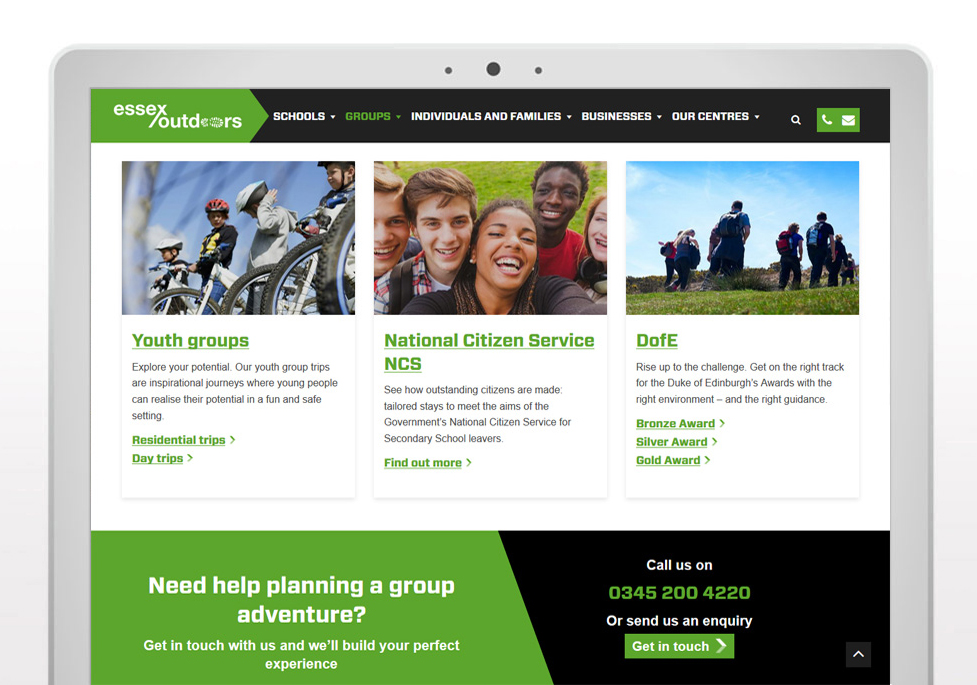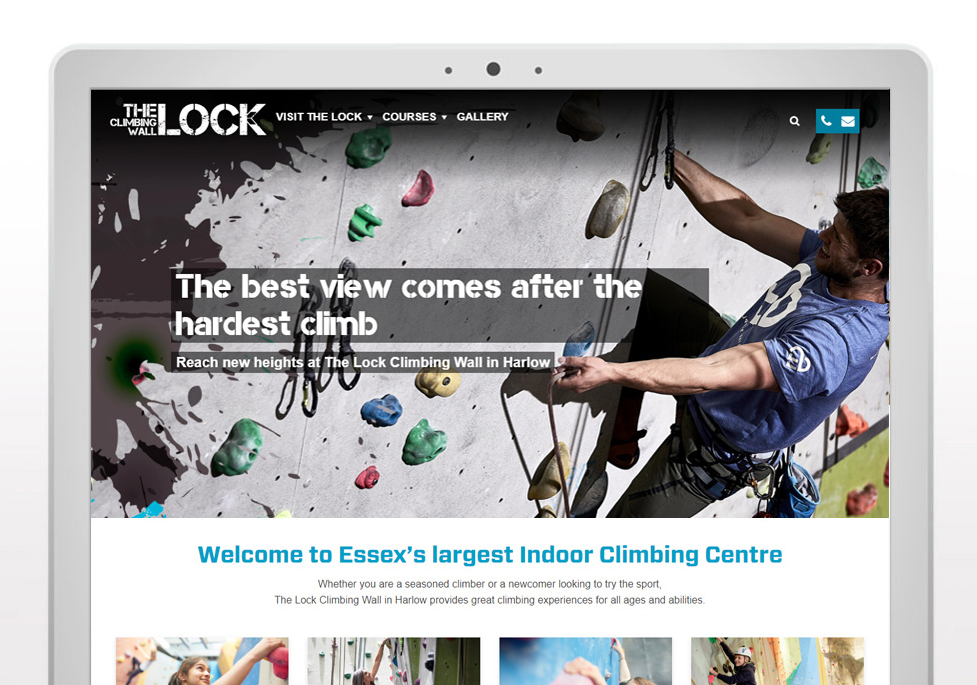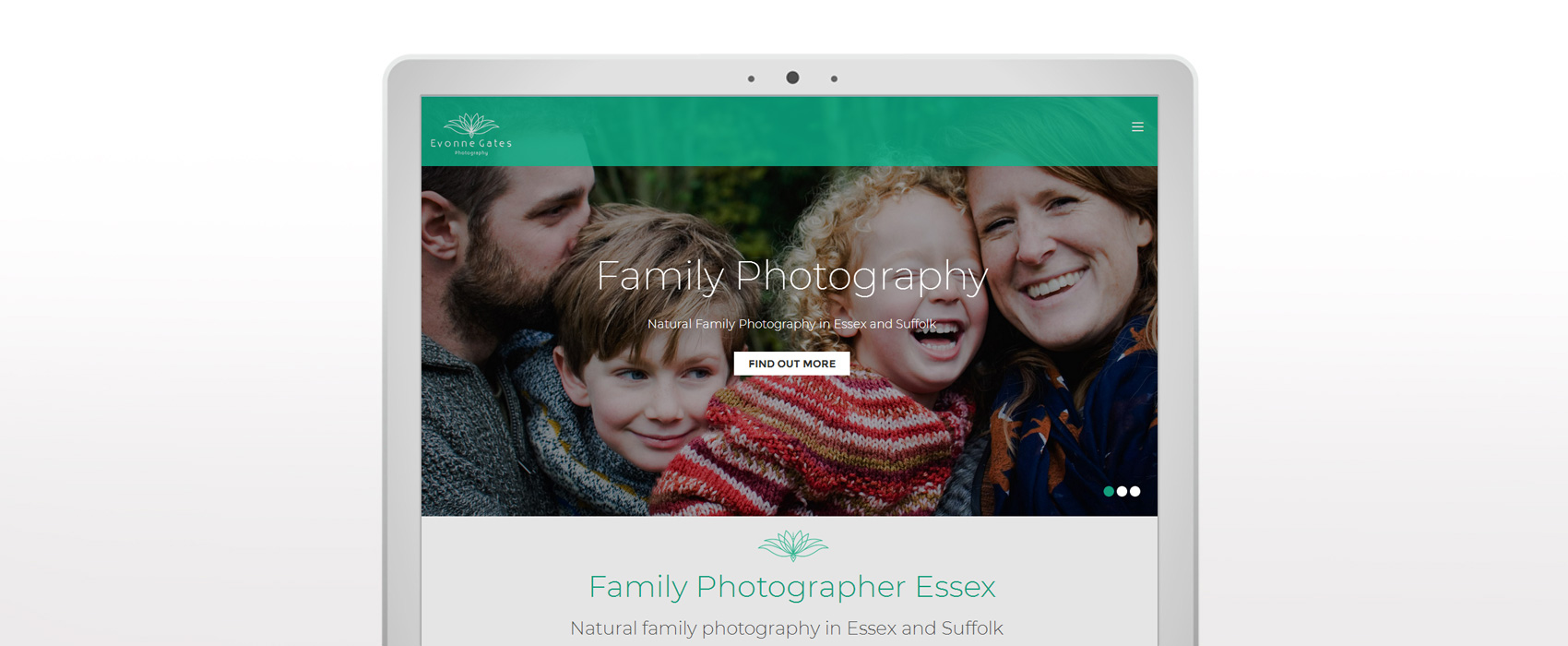Phuse Media have worked with a number of financial businesses across London, the UK and EU. We have provided a range of services to our financial clients from graphic/print design to website development, including; logo design, business cards, stationery, promotional material, exhibition stands, bespoke website development and online marketing.
We have developed distinctive brands for First Asset Finance, Aravis Capital and RJMG, and websites for ECU Group, Solus, Best Offshore Solutions and Lavaux Capital. Some examples of which can be seen below.
Our aim is to offer a one-to-one development and consultation process that involves the client as much as possible. This approach is perfectly suited to working with financial companies who require precise results delivered correctly and on time.

"We are delighted with the work undertaken by Phuse who have been responsive, dedicated and creative in designing and developing our websites. They have also designed a new logo for FAF and video for the DALIS website. We have used Matt and Al at Phuse for three websites and all have been strong, modern and appropriate to our needs. Phuse are a pleasure to work with, highly professional and we would recommend their services to others. "
Martin Vodden FLD - Director First Asset Finance

"Phuse Media provided an exceptional service to us, rebranding our logo and building a new website. The web platform is incredibly user friendly. We are delighted with our new website and consistently receive great feedback from our clients and prospects. Matt and Al go above and beyond to deliver quality results and are a pleasure to work with"
James Parker, Managing Partner, Aravis Partners LLP
If you you'd like to discuss how we can develop a website, logo or brand for your financial business, call us on 01702 482011 or click here to send us an email enquiry.
It's been a busy few months at Phuse Media for our logo design and branding services.
We believe in getting the foundations right - helping businesses develop, strengthen and sustain their brand image. Our approach is both strategic and aesthetic, bringing it to life across all media.
Our design team offer flexibility and ensure creative diversity, value for money, quality of service and a rapid response for any size of organisation.
Shown below are just a few of the logos and brands Phuse have designed over the last few months.

"I received brilliant advice and support when Phuse built my website. I was given advice throughout on how best to create my photography website to meet my customer base audience. Very friendly people and trustworthy."
Evonne Gates Photography
If you you'd like to discuss how we can develop a logo or brand for your business, call us on 01702 482011 or click here to send us an email enquiry.
Making a website that is both W3C AA accessible and also uses the latest browser technology is no mean feat. Add to that a cutting-edge modern design and it becomes harder still.
This was the brief set by Essex Outdoors and Essex County Council when we won the contract to develop a new website for www.essexoutdoors.com. They wanted a website that would appeal to teachers, head teachers, youth leaders, parents and students alike, a website that would allow Essex Outdoors to market their services in a clean and modern way using all the latest web technologies.


As a council funded business, they also had a duty to make the website accessible to all types of users; the site had to adhere to the W3C accessibility guidelines up to the AA level. These guidelines can be daunting and incredibly in-depth, fully accessible websites are also not known for being visually interesting. The challenge was to create something that satisfied both these requirements.
Phuse Media delivered a website that surpassed all the expectations of both Essex Outdoors and Essex County Council. The website is a showcase for how you can incorporate all the latest technologies, create a visually stunning website, adhere to the accessibility guidelines and give all visitors a user experience of the highest order.

The above image show the website's accessibility score on SiteImprove
Phuse Media have been the perfect choice as partners for our new website. From start to finish they have been professional, innovative & responsive, helping to refine and improve our original brief and accommodating our constant additional requirements! We couldn’t be happier with the final product, and would have no hesitation in recommending Phuse to other businesses and organisations.
Paul Stokes, Operations Manager, Essex Outdoors


To see more about this project visit the Essex Outdoors project page.
If you you'd like to discuss how we can develop a fully accessible website for your business, call us on 01702 482011 or click here to send us an email enquiry.
We have designed and developed a new logo and website for Family Photographer Evonne Gates.
Evonne provides photography services to clients based in Essex, Suffolk, London and Cambridgeshire. She required a organic and naturalistic logo that reflected her approach to her photography.
The website showcases Evonne's work in a simple and effective way. The website includes a bespoke photography portfolio gallery.

Logo design for Evonne Gates Photography.

Website design for Evonne Gates Photography.
Visit the Evonne Gates Family Photography website. She also offers Baby Photography and Child Photography services in Essex.
The General Data Protection Regulation (GDPR) is a new regulation designed to protect the data of EU citizens and EU residents both residing in the EU and around the world. Simply put, it is legislation that tells businesses that if they offer their products or services to EU citizens they must look after their data or face some pretty severe consequences. How does being fined 4% of your total global revenue sound? Not good. The new regulations come into force on 25th May 2018.

The GDPR is likely to affect the majority of businesses trading today, regardless of size or industry. If you collect or process any personal data, you will be required to comply in accordance with the new legislation. This includes companies that use internal databases, apps, CRMS or even good old email to store the personal data.
If you are looking for a little light (and yes, there is some sarcasm there) bedtime reading, the GDPR website makes for some interesting reading. In this article, we’ll take a look at some of the things you can do to your website to ensure you are compliant.
Consent is a huge part of the GDPR. If somebody makes an enquiry through your website of any kind, that means you can no longer automatically add them to your mailing list. It also means you can’t pre-populate any checkboxes when they send you a query that they have to untick if they don’t want to be added to your mailing list. Consent can also be withdrawn by data subjects at any time.
And to make matters more complicated, consent doesn’t just apply after the GDPR comes into effect. You will need to prove that the people on your existing contacts or mailing lists have given their consent for their data to be gathered. For example, can you prove that everybody you send your newsletter out to has requested this information?
An easy way to prove this and keep consent on record is to send an email out to all contacts asking them to opt-in or opt-out of your mailing list. Sure, you may lose some subscribers along the way, but the main thing is that you are acting in compliance with GDPR and protecting your reputation and bottom line.
Making Your Website Compliant
If all this talk of fines and compliance is getting you a little hot under the collar, the good news is that with a little organisation and understanding of the rules, you can get your website compliant in no time.
Start with a personal data audit across the data that you currently hold on your users and customers. What are you using the data for, do you still need the data and where is it being stored? This will help you to define which data you still need to keep and which can be archived or deleted.
Start to work your way through the following steps. These are some of basic considerations that will apply to most websites:
GDPR isn’t that scary once you get to grips with what you need to do to comply with the new guidelines. If you would like help with your website, get in touch. We can carry out a full data and website audit and make recommendations for improvements.
It’s a rare thing for Google to reveal any of its search ranking factors, which is why we really sat up and took notice last year when they revealed they would reward sites that used SSL (secure sockets layer) certificates by boosting their search results.

An SSL certificate is a digital certificate that is used to encrypt sensitive information and authenticate a website’s identity. This level of encryption prevents information such as credit card details, addresses or passwords from being intercepted by anybody other than the intended recipient.
SSL certificates use HTTPS encryption; a protocol that protects the privacy and integrity of exchanged data between a user and the site they are visiting. In the same day that a key locks and unlocks a door, SSL certificates apply the same type of system to authenticate and protect confidential information.
Putting this type of security in place can be tricky, but the payoff is certainly worth it in terms of advanced security, enhanced referral data and a promised boost in rankings. There is also the issue of compliance to consider, but more on this in a moment.
In recent years, there has been a big debate over how important SSL certificates are, and whether they are a requirement on every website. Google has always had the end user experience in mind and by putting SSL certificates in place, webmasters can help to ensure this experience is as safe and secure as possible.
As we have already touched on, the main benefit of Hypertext Transfer Protocol Secure (HTTPS) is to provide a secure connection between users and the page they are viewing or sharing personal data to. You will often see the https:// prefix when you visit secure shopping websites or when you are doing your online banking. HTTPS offers an additional layer of protection, essential when you are sharing credit card or personal address details.
In order to deploy HTTPS on your website, you’ll need an SSL certificate. This SSL certificate will be unique to your business and operates as a padlock between a browser (your users) and your web server (your website). You will also need to create a certificate signing request (CSR) on your server. This creates a private and public key pair that is used between endpoints (user and website) to validate and protect information in transit.
On 25th May 2018, the General Data Protection Regulation (GDPR) comes into force. The new regulations will require personal and sensitive data to be encrypted both in transit and in storage. By installing SSL on your website, you will be on your way to GDPR compliance.
If you would like to find out more about installing SSL certificates on your website and discovering the search rankings and compliance benefits this level of security has to offer, get in touch with our team today. We can take care of the entire process for you.